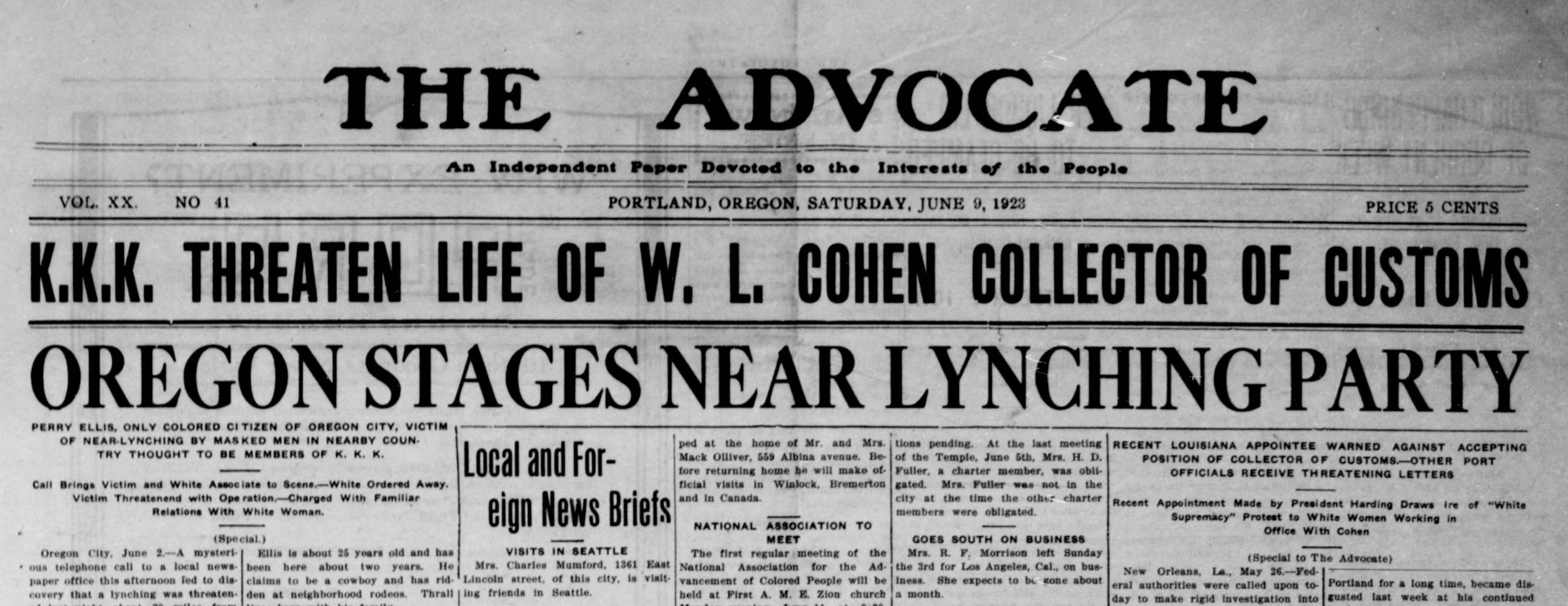The 25-Second Trick For News Articles
The 25-Second Trick For News Articles
Blog Article
News Articles Things To Know Before You Get This
Table of ContentsNews Articles for DummiesIndicators on News Articles You Need To KnowGetting My News Articles To WorkRumored Buzz on News ArticlesSome Known Questions About News Articles.
Excellent understanding of different topics gives trainees an one-upmanship over their peers. Although electronic and social networks are conveniently easily accessible, we ought to not forget exactly how important it is to review the newspapers. Parents must attempt and inculcate the behavior of reading a paper as an everyday routine to proceed the legacy of the adored print medium.Information tales additionally include at least one of the adhering to vital attributes family member to the desired target market: closeness, prestige, timeliness, human interest, curiosity, or repercussion.
Within these limits, information tales additionally intend to be comprehensive. Amongst the bigger and more revered papers, fairness and balance is a major element in presenting information.
Newspapers with an international audience, for instance, have a tendency to make use of an extra formal style of creating. The specific selections made by an information outlet's editor or editorial board are often collected in a design guide; usual style overviews include the and the United States News Design Book. The main objectives of news writing can be summed up by the ABCs of journalism: precision, brevity, and clearness.
About News Articles
As a guideline, reporters will not make use of a long word when a brief one will certainly do. News authors attempt to avoid making use of the exact same word extra than as soon as in a paragraph (in some cases called an "echo" or "word mirror").
Headlines occasionally leave out the subject (e.g., "Jumps From Boat, Catches in Wheel") or verb (e.g., "Pet cat female fortunate"). A subhead (additionally subhed, sub-headline, subheading, caption, deck or dek) can be either a subordinate title under the main heading, or the heading of a subsection of the article. It is a heading that precedes the major message, or a group of paragraphs of the main message.
of a post topic, source, or interviewee), it is described as a drawn quotation or draw quote. Extra signboards of any of these types might appear later in the write-up (particularly on subsequent web pages) to lure additional analysis. Journalistic websites occasionally utilize computer animation methods to switch one billboard for one more (e.g.
What Does News Articles Mean?
Such signboards are likewise used as pointers to the article in various other areas of the magazine or site, or as ads for the piece in various other publication or websites. News release content of the Swiss federal government. Regular framework with title, lead paragraph (recap in bold), other paragraphs (information) and call details.

Example of a hard-lead paragraph NASA is proposing an additional room job. The spending plan demands approximately $10 billion for the task.
An "off-lead" is the second most important front web page news of the day. To "hide the lead" is to start the short article with background details or details official site of secondary relevance to the viewers, forcing them to check out more deeply into a write-up than they should have to in order to uncover the crucial factors.
The Buzz on News Articles
Common use is that one or more sentences each create their own paragraph. Reporters normally describe the organization or structure of an information story as an upside down pyramid. The vital and most fascinating components of a tale are placed at the start, with sustaining details following in order of decreasing significance.
It enables individuals to check out a subject to just the depth that their interest takes them, and without the imposition of details or nuances that they might think about pointless, however still making that info offered to extra interested viewers. The upside down pyramid framework additionally makes it possible for write-ups to be cut to any kind of approximate length during design, to fit in the space offered.
Some writers start their stories with the "1-2-3 lead", yet there are several kinds of lead available. A kicker can refer to multiple things: The last tale in right here the information broadcast; a "delighted" tale to end the show.
Longer articles, such as magazine cover posts and the items that lead the within sections of a newspaper, are understood as. Attribute tales vary from straight news in numerous ways.
The 20-Second Trick For News Articles
The reporter typically information interactions with interview topics, making the piece a lot more individual. An attribute's first paragraphs typically connect an appealing moment or event, as in an "unscientific lead". From the details of an individual or episode, its view quickly expands to generalizations concerning the tale's subject. The section that signals what a function has to do with is called the or signboard.

The Editor's Toolbox: A Referral Guide for Beginners and Professionals (2001) Allan M. Siegal and William G. Connolly. The New York City Times Handbook of Design and Usage: The Authorities Style Overview Made Use Of by the Writers and Editors of the World's Many Reliable Paper (2002) M. L. Stein, Susan Paterno, and R.
Report this page